Federico Milani
Black-box error diagnosis in deep neural networks: a survey of tools
Jan 17, 2022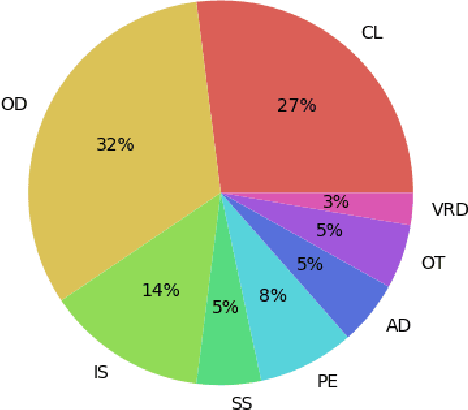
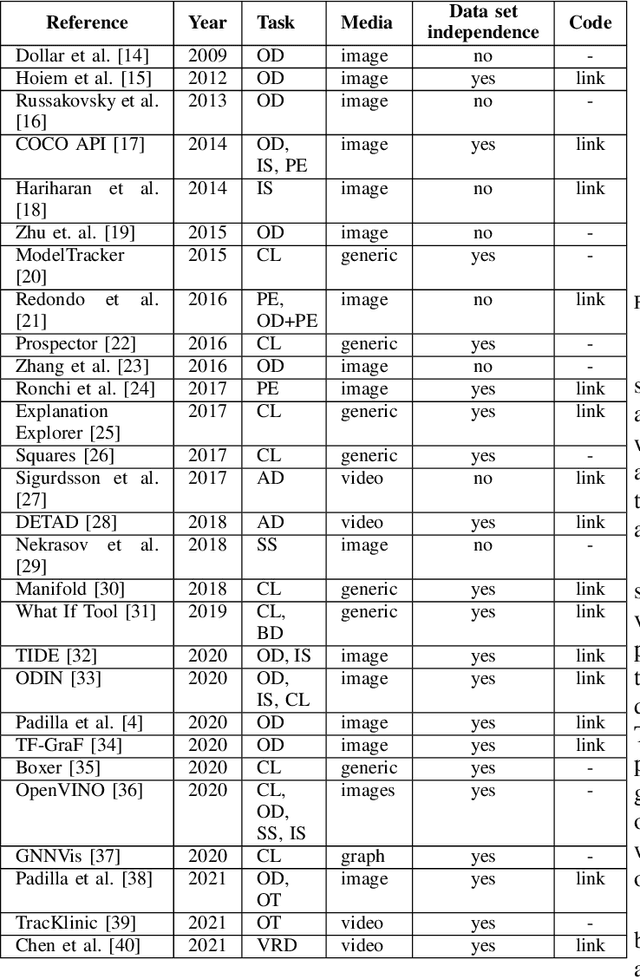
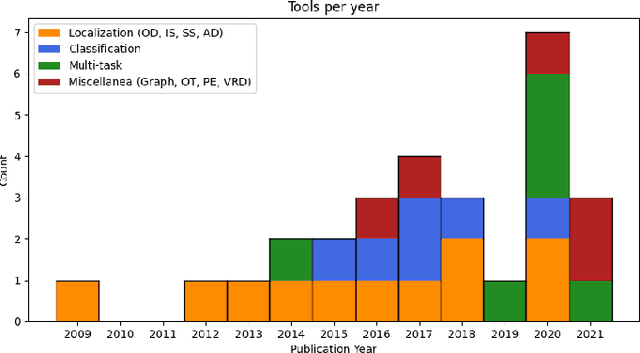
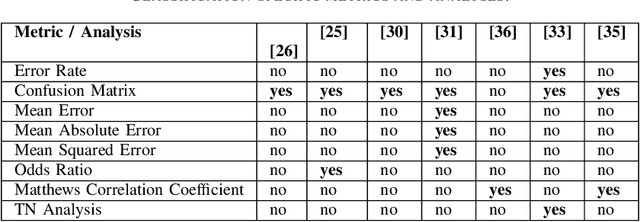
Abstract:The application of Deep Neural Networks (DNNs) to a broad variety of tasks demands methods for coping with the complex and opaque nature of these architectures. The analysis of performance can be pursued in two ways. On one side, model interpretation techniques aim at "opening the box" to assess the relationship between the input, the inner layers, and the output. For example, saliency and attention models exploit knowledge of the architecture to capture the essential regions of the input that have the most impact on the inference process and output. On the other hand, models can be analysed as "black boxes", e.g., by associating the input samples with extra annotations that do not contribute to model training but can be exploited for characterizing the model response. Such performance-driven meta-annotations enable the detailed characterization of performance metrics and errors and help scientists identify the features of the input responsible for prediction failures and focus their model improvement efforts. This paper presents a structured survey of the tools that support the "black box" analysis of DNNs and discusses the gaps in the current proposals and the relevant future directions in this research field.
A Data Set and a Convolutional Model for Iconography Classification in Paintings
Oct 06, 2020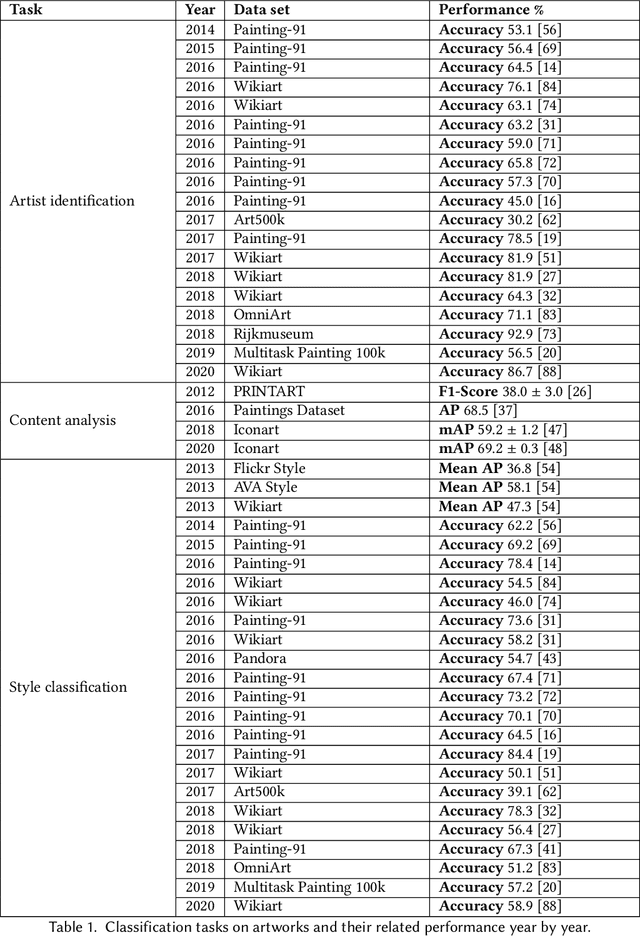
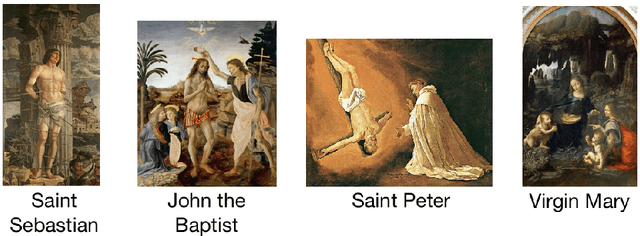
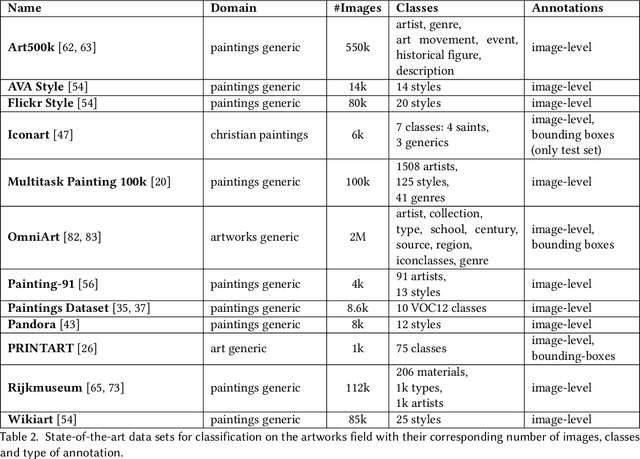
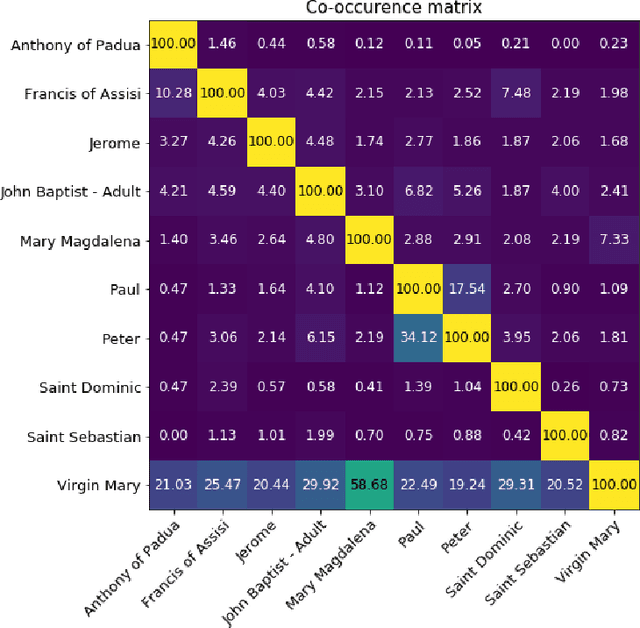
Abstract:Iconography in art is the discipline that studies the visual content of artworks to determine their motifs and themes andto characterize the way these are represented. It is a subject of active research for a variety of purposes, including the interpretation of meaning, the investigation of the origin and diffusion in time and space of representations, and the study of influences across artists and art works. With the proliferation of digital archives of art images, the possibility arises of applying Computer Vision techniques to the analysis of art images at an unprecedented scale, which may support iconography research and education. In this paper we introduce a novel paintings data set for iconography classification and present the quantitativeand qualitative results of applying a Convolutional Neural Network (CNN) classifier to the recognition of the iconography of artworks. The proposed classifier achieves good performances (71.17% Precision, 70.89% Recall, 70.25% F1-Score and 72.73% Average Precision) in the task of identifying saints in Christian religious paintings, a task made difficult by the presence of classes with very similar visual features. Qualitative analysis of the results shows that the CNN focuses on the traditional iconic motifs that characterize the representation of each saint and exploits such hints to attain correct identification. The ultimate goal of our work is to enable the automatic extraction, decomposition, and comparison of iconography elements to support iconographic studies and automatic art work annotation.
 Add to Chrome
Add to Chrome Add to Firefox
Add to Firefox Add to Edge
Add to Edge